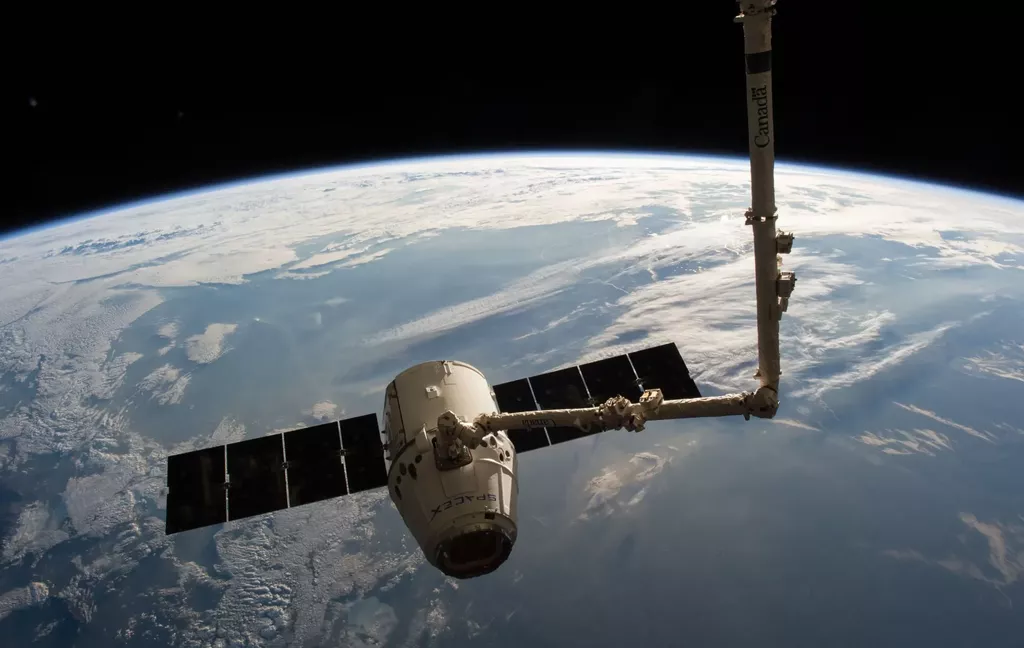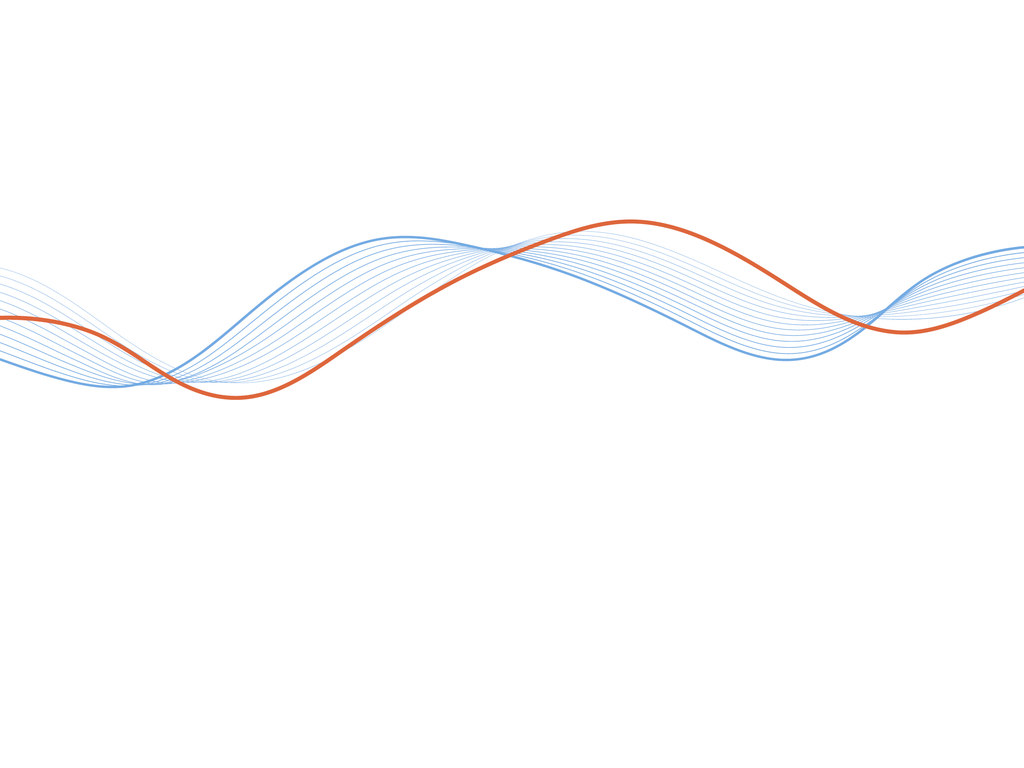Europe-China Forum 2025
Next event In person & livestreamed

- Area of Expertise
- Global Europe
Global Europe

Director of the Japan Aerospace Exploration Agency (JAXA) Washington D.C. Office
Almost 40 years ago, Allan S. Krass of the Stockholm International Peace Research Institute (SIPRI) asked the question, “how much is enough?”, in discussing how much verifiability would be adequate for arms control agreements. Technological progress enables increasingly higher resolution and preciseness of information, which in itself is a fascinating topic, but the challenge lies in how to apply the data and information to the complex world of policy and diplomacy. Hence the question, how far should we go in pursuing more detailed, finer and larger amounts of information to achieve the desired behaviour of states? Today, as we face the even more complex challenge of environmental protection, what is the question we should be asking ourselves, and what are the roles of space-based observations therein?
A notable aspect of large-scale environmental problems, such as loss of biodiversity, is that they arise within the jurisdiction of individual states but have transnational or even global consequences. Efforts to address these problems require international responses that may result in the formulation of international rules, for instance, the Convention on Biological Diversity, the Ramsar Convention on Wetlands or the United Nations Framework Convention on Climate Change. Such rules are based on scientific data, including space-based data, to identify the problem, set baselines and monitor changes, and in some cases even monitor compliance. Because overflight is allowed in space, satellite observation provides a powerful tool to provide information on the environment that is transnational by nature.
In recent years, the number of satellites, its operators and the breadth of observations performed have dramatically increased. A study conducted by Pixalytics found that the number of Earth observation satellites increased from 192 to 971 between 2014 and 2021, representing over 400% growth in seven years. In addition to space agencies – such as the European, US, French, German, Indian and Japanese space agencies – a number of emerging countries and new companies have joined the field. This avalanche of information means that there is even more need for integration and coordination, not just across programmes but also across science, technology and policy.
Strong initiative is critical to strategise and effectively allocate resources
Let us look into the case of monitoring biodiversity. Amongst the challenges of environmental protection of today, biodiversity loss is one that requires immediate global action. Despite the progress in policies and actions to support biodiversity, the world’s biodiversity is declining at an unprecedented pace and none of the 20 Aichi Biodiversity Targets, set in 2010 and expired in 2020, were fully achieved. One of the reasons for the ineffectiveness is said to have been the lack of robust monitoring, planning, reporting and a review framework. Observing the Earth from space can serve as a powerful tool to measure biodiversity changes, enabling globally consistent information and time-series analysis, that can contribute to the Kunming-Montreal Global Biodiversity Framework (GBF) adopted at the 2022 UN Biodiversity Conference (COP15), replacing the Aichi Targets.
For instance, the coral reef ecosystem is vulnerable to climate change and ocean acidification. The GCOM-C satellite developed by the Japan Aerospace Exploration Agency (JAXA) observes coastal areas in Okinawa and can identify shallow-water areas where coral reef is distributed. Combined with sea surface temperature and ocean colour data, estimated by satellite instruments such as the US MODIS, solar irradiance conditions related to the photosynthesis in the coral symbiotic algae can be estimated from ocean colour. In this way, coral bleaching can be observed at a large scale, continuously and over time, contributing to an understanding of the impact of climate change on marine biodiversity.
Mangroves are an important ecosystem, supporting a wide range of species, preventing coastal erosion and storing large amounts of carbon. JAXA’s L-band Synthetic Aperture Radar (SAR) can estimate global mangrove distribution in time series for decades. Using SAR and other observation data, the Global Mangrove Watch (GMW), established under JAXA’s Kyoto & Carbon Initiative, provides open-access geospatial information on mangrove extent and changes to the Ramsar Convention on Wetlands. The first GMW baseline maps were released in 2018 at the Ramsar COP13. The GMW maps also constitute the official mangrove datasets used by UNEP for reporting on Sustainable Development Goal 6.6, indicated by the change in the extent of water-related ecosystems over time.
Many of these observations are cross-cutting and can be used to address not only biodiversity issues but many other areas, including climate change, food security and disasters. Therefore, coordination mechanisms such as the Group on Earth Observations and its GEO Biodiversity Observation Network are essential, while there is still much work to be done. The challenge is how we can identify information needs in overlapping regimes, thereby effectively targeting observations and resources to help evidence-based decision-making. Strong initiative is critical to strategise and effectively allocate resources, exploiting the different capabilities that the increasing number of countries and industries engaged in space activities can offer to enhance efficiency and promote innovation. The question, therefore, that we should be asking ourselves today could be: how ‘well’ is enough? We are far away from that goal and can do much better globally, together.
The views expressed in this #CriticalThinking article reflect those of the author(s) and not of Friends of Europe.
Next event In person & livestreamed

Past event In person

Next event In person & livestreamed

Past event Online





Stay informed
We use cookies and similar technologies to adjust your preferences, analyze traffic and measure the effectiveness of our campaigns. Learn more about our privacy policy.